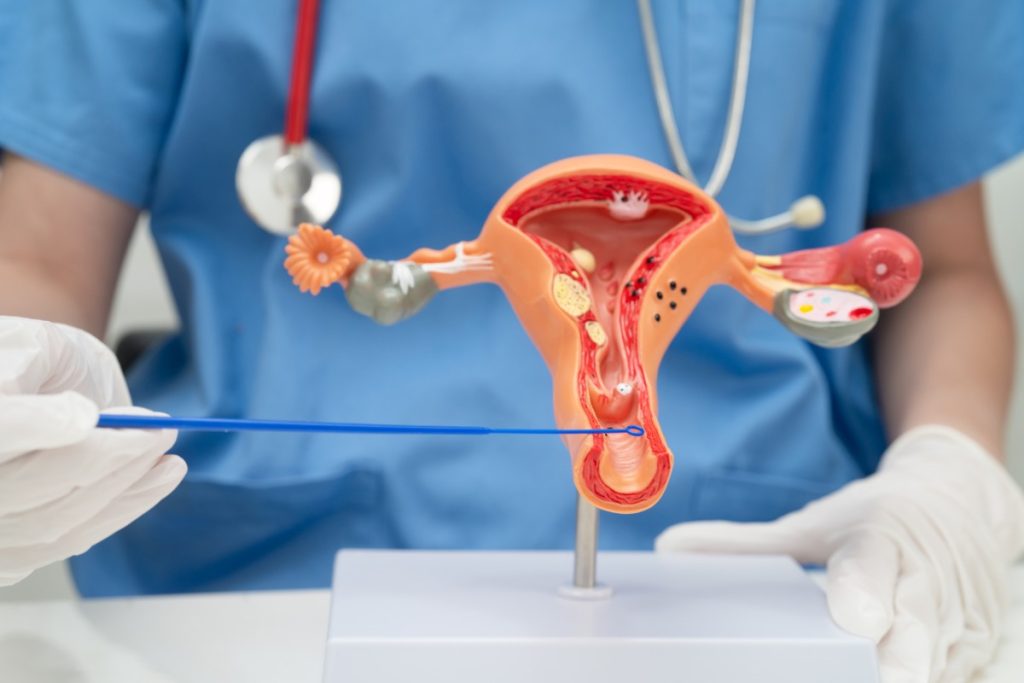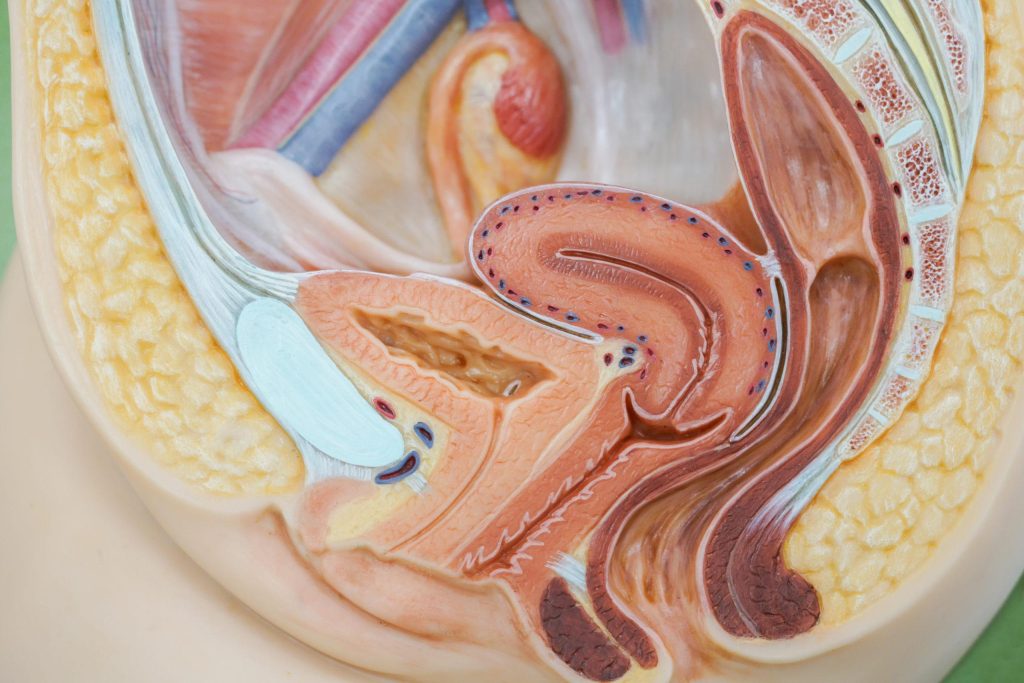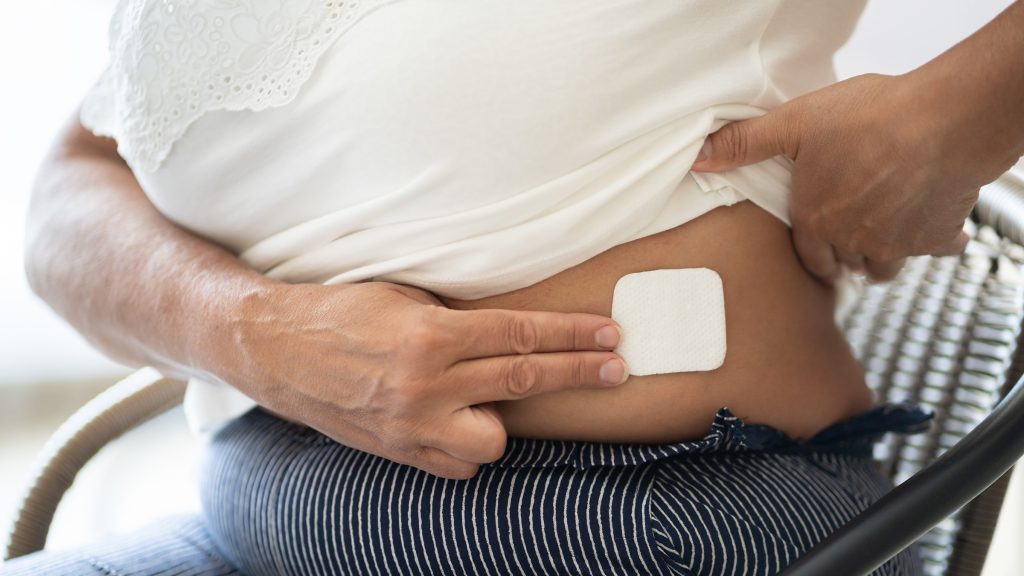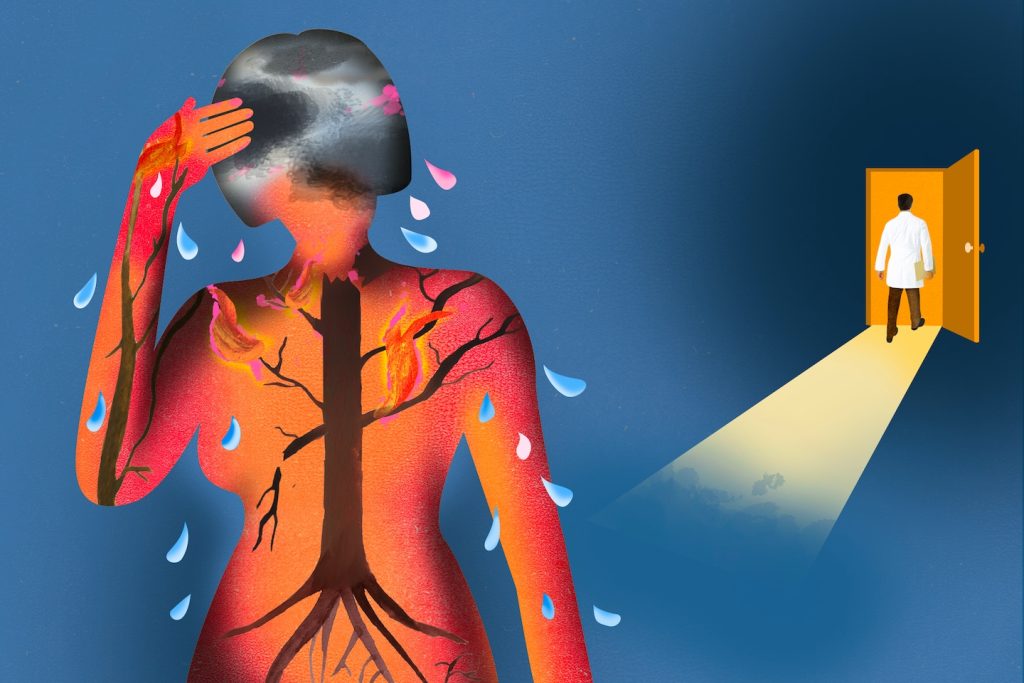Understanding Pelvic Exams and What to Expect
Many people hear the term pelvic exam and immediately feel uneasy. The phrase alone can create anxiety, confusion, or embarrassment. Some imagine pain or judgment, while others simply feel unsure. These reactions are common and completely human. According to our editor’s health coverage reviews, uncertainty causes more stress than the exam itself. Clear information changes…
Read more










